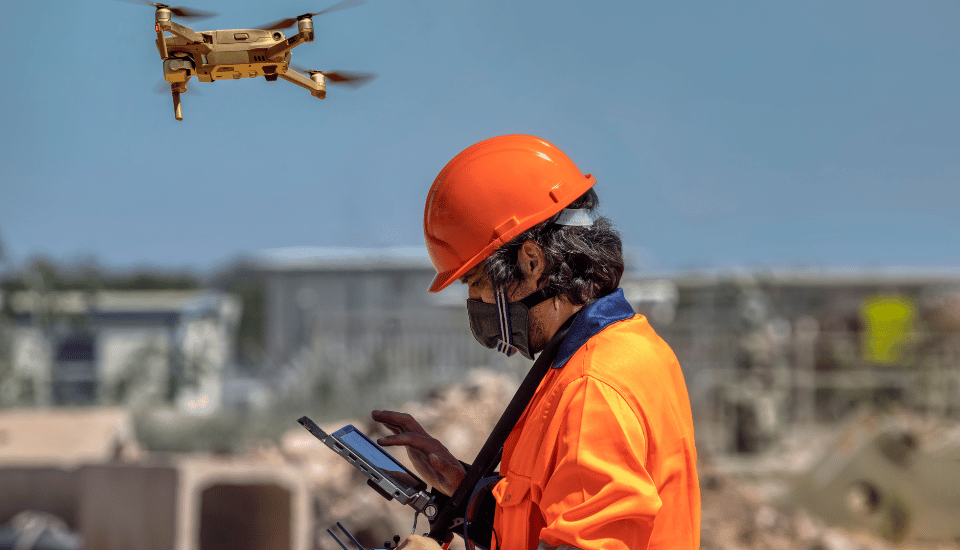Have you ever wondered what lies beneath the surface of your city’s streets? The hidden world of sewer and storm drains may not be the most glamorous subject, but it plays a crucial role in maintaining the health and functionality of our urban environments. And thanks to technological advancements, we now have a fascinating tool at our disposal to explore this subterranean realm – sewer and storm drain video inspection.
The Importance of Sewer and Storm Drain Inspection
Sewer and storm drain systems are responsible for carrying away wastewater and rainwater, respectively, preventing floods and ensuring proper sanitation. Over time, these underground networks can suffer from various issues such as blockages, cracks, corrosion, or structural damage. Detecting and addressing these problems early is essential to avoid costly repairs, environmental contamination, and potential health hazards.
Traditionally, inspecting sewer and storm drain systems involved physically entering the pipes, which was not only time-consuming but also dangerous. The introduction of video inspection technology revolutionized the process by allowing professionals to visually assess the condition of the pipes without the need for direct access.
How Does Sewer and Storm Drain Video Inspection Work?
Sewer and storm drain video inspection involves the use of a specialized camera system that is inserted into the pipes to capture real-time footage of the interior. The camera is attached to a flexible rod or cable, which is pushed or pulled through the pipe network. The images captured by the camera are transmitted to a monitor, where they can be viewed and analyzed by trained technicians.
The camera used for video inspection is designed to withstand the harsh conditions of sewer and storm drain environments. It is typically waterproof, equipped with high-intensity lights to illuminate the pipes, and capable of capturing high-definition footage for accurate assessment.
Benefits of Sewer and Storm Drain Video Inspection
- Efficiency: Video inspection allows for quick and efficient assessment of the entire pipe network, pinpointing any issues that may require attention. This eliminates the need for costly and time-consuming manual inspections.
- Accuracy: With video inspection, technicians can visualize the condition of the pipes in real-time, identifying blockages, cracks, or other damages accurately. This enables targeted repairs or maintenance, reducing unnecessary costs.
- Safety: By eliminating the need for physical entry into the pipes, video inspection significantly reduces the risks associated with manual inspections. Technicians can assess the pipes from a safe location, minimizing the chances of accidents or exposure to hazardous substances.
- Documentation: Video inspection provides a comprehensive visual record of the pipes’ condition, allowing for accurate documentation and comparison over time. This historical data can aid in monitoring the aging infrastructure and planning for future maintenance or upgrades.
- Preventive Maintenance: Regular video inspections can detect potential issues before they escalate into major problems. By identifying and addressing minor damages early, cities can save money on costly emergency repairs and avoid disruptions to residents and businesses.
Conclusion
Sewer and storm drain video inspection is a groundbreaking technology that has transformed the way we assess and maintain underground pipe networks. By allowing us to explore the hidden world beneath our feet, this method ensures the efficient operation of our wastewater and stormwater systems, keeping our cities clean, safe, and functional.
Next time you walk down the street, take a moment to appreciate the importance of sewer and storm drain systems and the incredible technology that helps us uncover their secrets.

